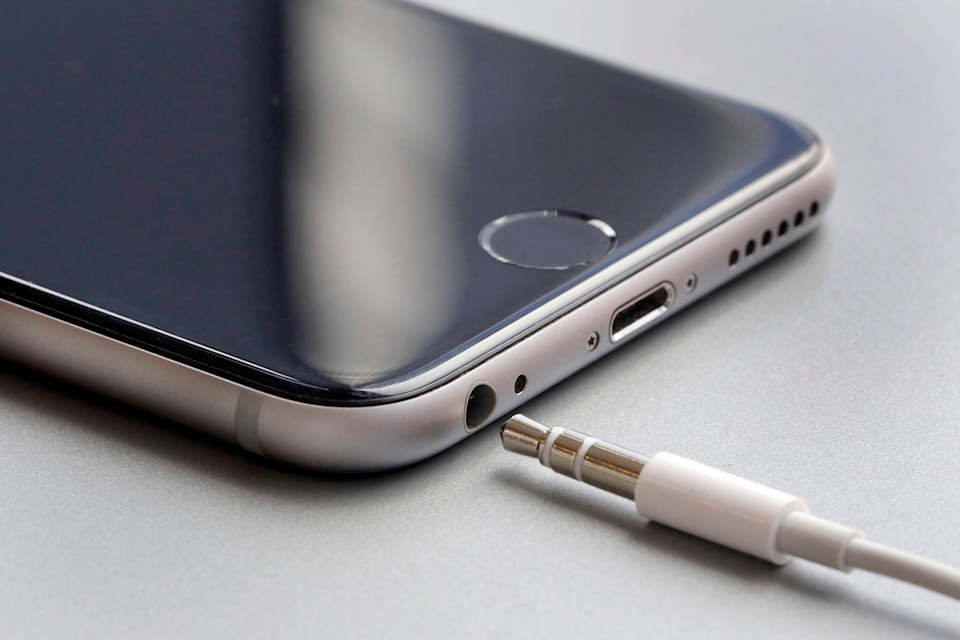Comox Fire Rescue is co-ordinating with the National Fire Protection Association to raise awareness about the risks associated with lithium-ion batteries and ways to minimize them
NFPA’s new campaign - Charge into Fire Safety - includes an expanded series of resources, guidelines, and information in response to the concerns fire officials have about the growing number of fires caused by lithium-ion batteries that power micro-mobility devices such as e-bikes and e-scooters, smaller electronics such as cell phones and laptops, and electric vehicles.
As the use of these items has increased in recent years, so has the number of fires associated with them.
Lithium-ion batteries store a large amount of energy in a small amount of space. A damaged or overcharged battery could lead to a thermal runaway where the electrolytes in the battery are vaporized, causing pressure in the battery casing; this reaction can lead to an explosion or a fire when the case needs to release pressure.
“By better understanding how lithium-ion battery fires start, people can take the necessary steps to minimize associated risks and safely use their electronics and other devices powered by these batteries,” said Gord Schreiner, Comox fire chief.
Comox Fire Rescue and NFPA recommend these tips when buying, charging, storing, and using lithium-ion batteries to help prevent fires: Only purchase and use devices, batteries, and charging equipment that are listed by a nationally recognized testing lab and labelled accordingly.
Use charging equipment that is only compatible with your device. To be safe, use only the charging equipment that is supplied with your device.
Do not keep charging the device or device battery after it is fully charged.
Do not put lithium-ion batteries in the trash. Recycling is always the best option. Take the batteries to a battery recycling location or contact your local waste department for disposal instructions.
Stop using your device if the battery shows signs of damage, such as an unusual odour, excessive heat, popping sounds, swelling or a change in colour. Additionally, only have device repairs performed by a qualified professional.
Learn more about the Charge into Fire Safety campaign and download the free safety tip sheets at nfpa.org/lithiumionsafety.
